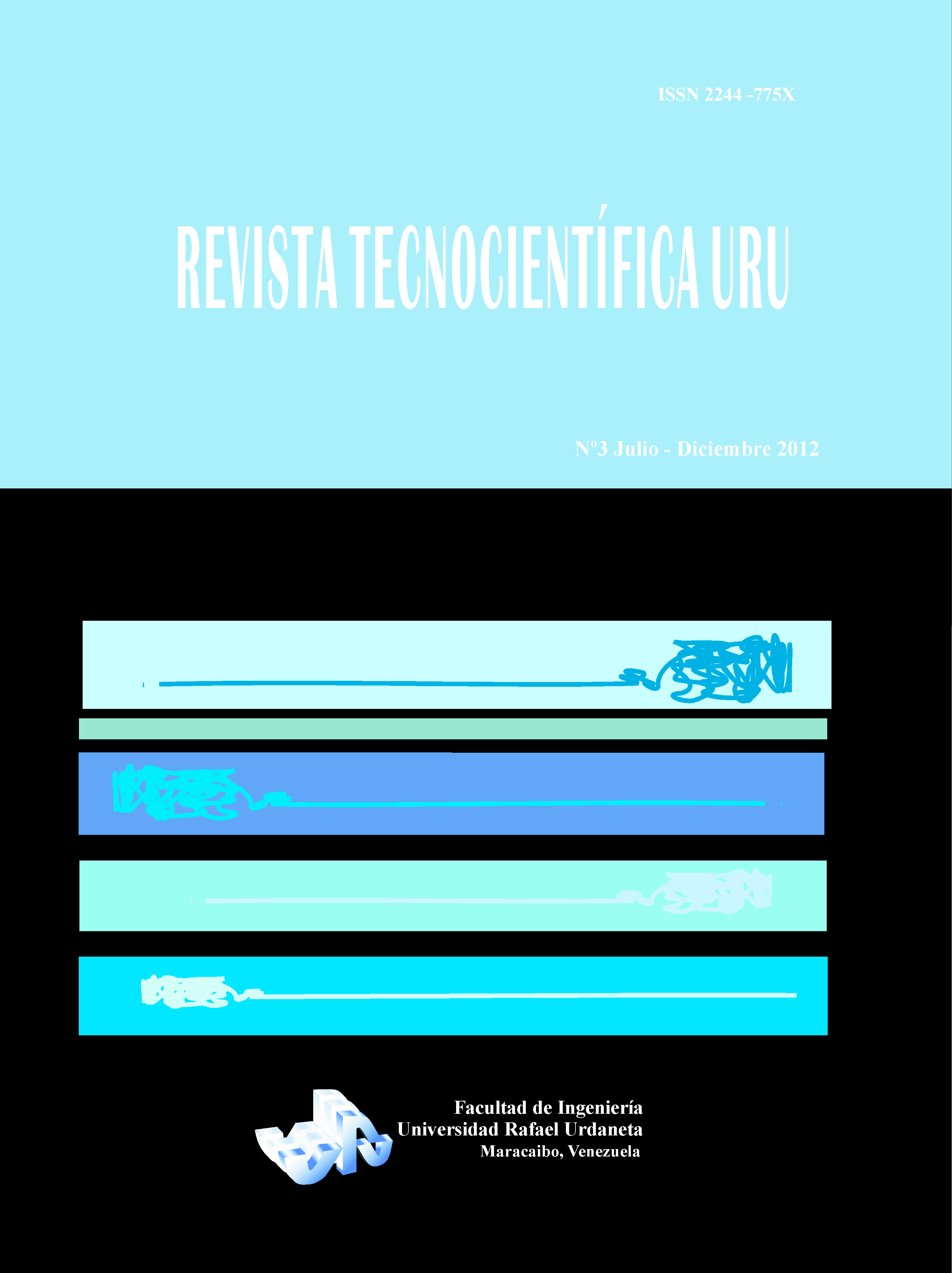Estudio comparativo entre el método de Lemke y el método de los conjuntos activos para programación cuadrática
DOI:
https://doi.org/10.5281/zenodo.15741311Palabras clave:
Programación cuadrática, métodos de pivoteo, LemkeResumen
En este trabajo se presentan dos métodos para resolver el problema general de programación cuadrática convexa con restricciones de igualdad y desigualdad. Uno es el método de los conjuntos activos y el otro es el de Lemke. Se realizaron varias pruebas variando el tamaño del problema y el número de restricciones de igualdad y desigualdad, mostrando que el método de los conjuntos activos es eficiente cuando el problema tiene un alto nú- mero de restricciones de igualdad, pero resulta lento cuando existe un alto número de restricciones de desigualdad. Mientras que el algoritmo de Lemke resultó eficiente en problemas cuadráticos convexos con un alto número de restricciones de desigualdad.
Descargas
Referencias
1. Boggs P. and Tolle J. Sequential Quadratic programming, Acta numérica, (1996), p. 1-57.
2. Wright S. Applying new optimization algorithms to model predictive control, Chemical process con- trol-V, CACHE, AIChE symposium series, No 316, Volume 93, (1997), p. 147-155.
3. Gopal V. and Biegler L. Large scale Inequality Constrained Optimization and Control, IEEE Control Systems Magazine,(1998), p. 59-68.
4. Freund R. (Massachusetts Institute of technology), Solution Methods for quadratic Optimization, Massachusetts (2004).
5. Domínguez J. and González-Lima M. A primal Dual Interior Point algorithm for quadratic programming, Numerical Algorithms, Vol. 42, (2006), p. 1-30.
6. Bazaraa M., Sherali H. and Shetty, C. (John Wiley and Sons), Nonlinear Programming, Theory and Algorithms, New York (1993).
7. Nocedal J. and Wright S. (Springer Verlag), Numerical Optimization, New York, (1999).
8. Yassine A. Comparative study between Lemke’s methods and the interior point method for the mo- notone linear complementary problem, Studia Univ. Babes-Bolyai, Mathematica, vol. 53,No. 3, Sep- tember, (2008), p. 119-132.
9. Luenberger D. (Addison-Wesley Iberoamericana), Programación Lineal y No Lineal, Wilmington, Delaware, (1989).
10. Schaester M. Technical note: Unrestricted Variables in Linear Programming, Journal of Optimization Theory and Applications, Vol. 69, Nº 3, ( 1991), p. 605-610.
11. Judice J. and Mitra G. Reformulation of Mathematical Programming Problems as Linear Complementary Problems and Investigation of their Solutions methods, Journal of Optimization Theory and Applications, Vol. 57, (1988 ), p. 123-149.
12. Ferris M. Iterative Linear Programming Solution of Convex Programs, Journal of Optimization Theory and Applications, Vol. 65, N°1 April (1990), p. 53-65.
13. Tomlin J. Robust implementation of Lemke’s methods for the linear complementary problem, Mat. Prog. Study, No. 7, (1978), p. 55-60.
14. Saunders M. (Academic Press) A fast, stable implementation of the simplex methods using Bartels- Golub updating, Sparse matrix computations, New York, (1976).
15. Harris P. Pivot selection methods of the Devex I. P. Code, Mathematical programming Study, (1975),p. 30-57.
16. Schittokowski K., NLP Notes: Information, Tests, Performance. Lecture Notes in economics and Mathematical Systems, Springer Verlag, NY (1980).
17. Leal M. and Vinante C. “Implementación del método de Lemke para resolución de Problemas Cuadráticos”. Reporte Técnico. Laboratorio de Controles e Instrumentación. Julio (2008).
Descargas
Publicado
Número
Sección
Licencia
Derechos de autor 2012 @copyright

Esta obra está bajo una licencia Creative Commons Reconocimiento 3.0 Unported.






